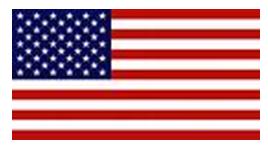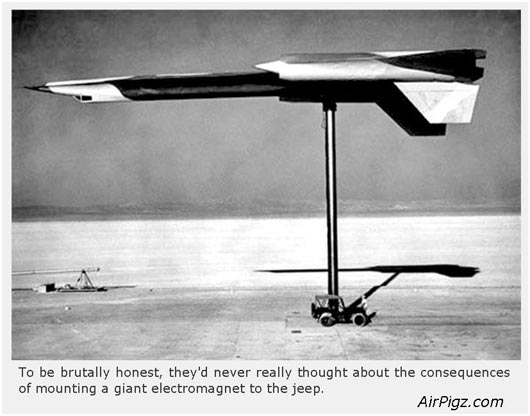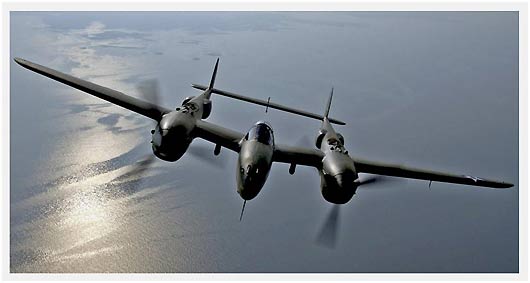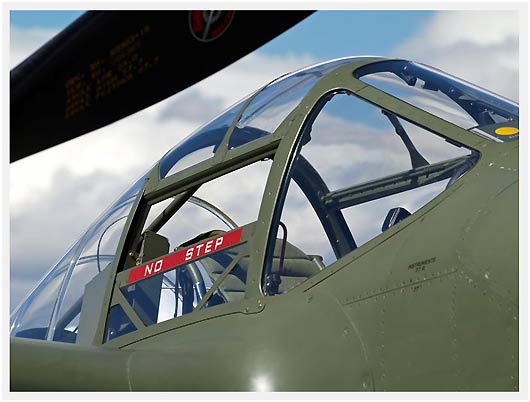CoolPix - Racers: The Galloping Ghost (This Is Reno Air Racing!)
 Saturday, October 9, 2010 at 07:56PM
Saturday, October 9, 2010 at 07:56PM I took this picture on Sunday, the last day of the 2010 Reno Air Races. It seems to capture what the Reno Air Races are all about. Seeing it opened up big as a CoolPix image really helps to make you feel more like you're there.
First, you've got one of the slower groups of Unlimited racers on the course, and it's a pretty cool variety of aircraft at that... a P-51 going by first, followed closely by a P-40 that's also followed closely by a Corsair. Where else you gonna see that?! Second, you've got a great look at The Galloping Ghost. This fabulous clipped and chopped P-51 from Jimmy Leeward wasn't just cool to look at, it was also exciting to follow the journey of the team. They didn't qualify early in the week as expected, and instead found themselves working their way up thru the field with hopes of gaining a slot in the big Gold race on Sunday. In this picture, they had just finished taping up all the seams with alumanized furnace tape as they had indeed earned a slot in the final big race that was scheduled for the end of the day. And third, while really big crowds of people are farther down the show line in the grandstands, you also see part of the long line of people at the edge of the pit area watching the race that's on the course. This one picture says a lot - it's all about people with a passion for air racing coming together to make the fastest motorsport in the world become a reality.
You probably already know that the big race on Sunday was not run due to excessively high winds making the conditions on the race course unsafe. It was an interesting twist to the story of The Galloping Ghost. Just when it looked like maybe the silver P-51 might be in a position to surprise the Gold Unlimited speedsters, it wound up without a chance to prove itself. The good news is that 2011 is coming, and Jimmy Leeward and crew will likely be ready to show the world what they've got. It should be really exciting to watch!
I'll have more in depth info on The Galloping Ghost before long. It's an airplane, and a story very much worth pursuing.
 Martt |
Martt |  3 Comments |
3 Comments |  CoolPix,
CoolPix,  P-51,
P-51,  Racing,
Racing,  Reno,
Reno,  taildragger
taildragger  Email Article
Email Article 





















































































